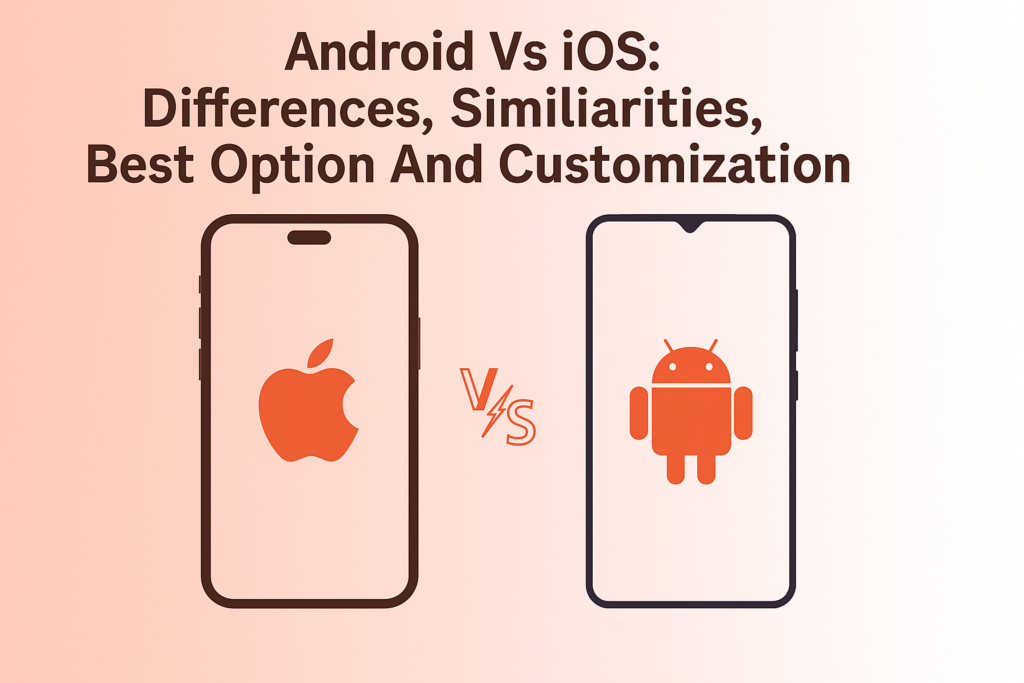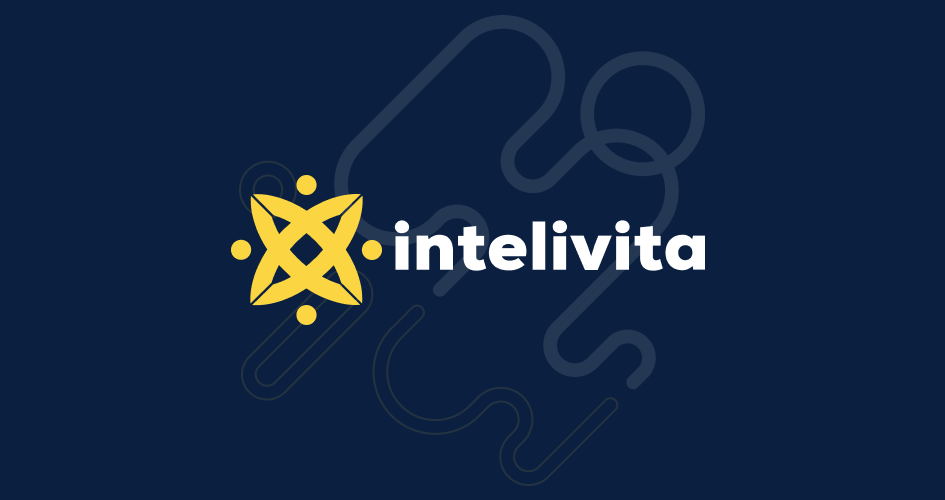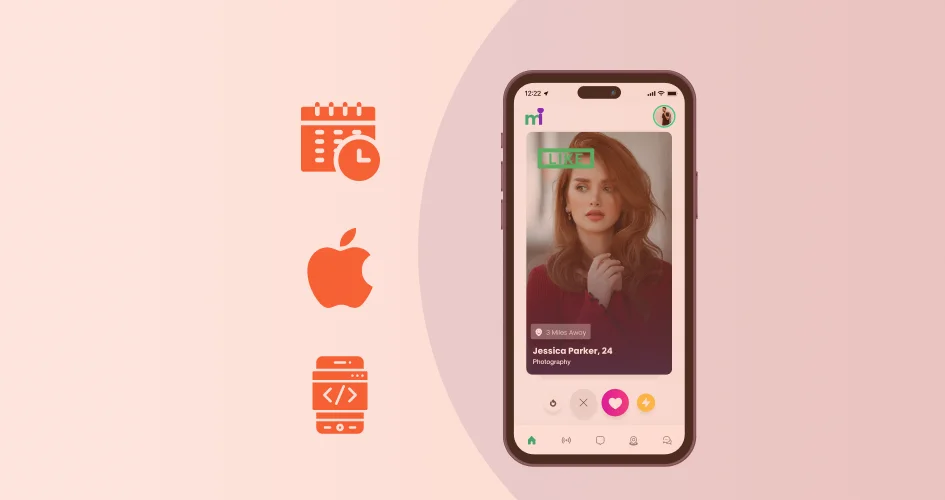According to Statista, the projected total revenue in the app market will reach USD 777.4 billion by 2032.
If you are a startup builder, there is no better time to start making an iPhone app.
But, a question pops up: “How to make an app for iPhone?”
That is exactly what we are going to address in this blog.
Keep reading to find out the complete iOS app development process and how to create an app for iPhone that can bring profits to your business.
7 Steps of iOS App Development Process
1. Do Market Research and Come Up with an Idea
When you ask the question: “How to make iPhone apps?”
You probably start thinking of an idea for an iOS app that will sell. People say that a great idea is one in a million.
Truth is, a great idea depends on how well you do your market research and understand what customer needs or issues need urgent solutions.
First, before performing any research, you’ll need to decide on the primary questions.
Here are some references:
- Who will be your target audience?
- How to reach them?
- What pain points are they facing?
- What are their needs?
- How can my product solve their needs or problems?
- Is there any competitor already doing what I am doing?
- If yes, how can my product differ from the competitors?
Once you have the questions jotted down, time for the main activity: researching the market.
Here are the most effective methods for consumer and market research to help with your iOS app development process:
- Focus groups. Assign a group of individuals into a room, ask them to try out your product, and involve them in a discussion about a new product idea or their review of your existing solution.
- Surveys. Spread out surveys through social media such as LinkedIn, X, or Facebook.
- Interviews. Meet your potential users in real life and investigate their pain points and how your product can solve them.
When it comes to product ideation, we always recommend going with the experts because the best ideas will become the most loved products.
Work with iOS app development services such as Intelivita and decide on the trajectory of your iOS app development process from the first stage.
2. Decide on Software Requirements and Specifications
Once you have analyzed your market and competitors, the second step of how to make iPhone apps is to list your product’s features.
To help you out, begin with a Software Requirements Specifications (SRS) document.
For your iOS app development benefits to meet their functional and non-functional requirements, an SRS document will typically include the following:
- Product Introduction. Describe your product’s purpose, who it will be addressed for, and how it will be used.
- System Requirements and Functional Requirements. Break down the functions and features that allow your platform to run as intended. Some examples include if/then behaviors, workflows, and data handling logic.
- Interface Requirements. Draw up the user interface and experience (UI/UX) of your platform along with any hardware and communication requirements.
- Non-functional Requirements (NRFs). These concern the security, compatibility, scalability, usability, and maintainability of your product.
Your SRS documentation should direct your team toward reaching a shared goal.
Therefore, keep your SRS concise and add any helpful references, such as diagrams and schemes, for easier understanding.
3. Select the Tools and Technologies
When you have your SRS ready, it will be more effortless to move to the next step of how to make iPhone apps: choosing the tech stack.
Picking the libraries and technologies to work with can be tricky as there is no one-size-fits-all solution.
You will need to carefully assess your product limitations and requirements and how the tech stack of your choice can tackle your iOS app development challenges.
Apple thankfully provides iOS app development tools that can streamline your iOS app development process.
Some popular options are:
- XCode. Also known as Apple’s integrated development environment (IDE), Xcode enables Apple developers to develop, test, and distribute solutions across all iOS devices.
- Swift. This iOS development language has recently released Swift 6 which promises greater performance and ease-of-use.
- Objective-C. An object-oriented programming language that is most often used to bring legacy or obsolete apps back to life.
- C++. A computationally complex yet high-performing language that is best suited for creating and maintaining demanding apps such as 3D mobile games.
4. Build an MVP
An MVP or a minimum viable product is an early version of your app or software.
It is always recommended to build an MVP as it helps optimize your product to increase its marketability.
However, there is an emphasis to focus more on building an MDP or a Minimum Delightful Product.
This is because an MVP relies on minimalism, whereas an MDP has more to do with how your MVP can delight and convert more users.
Once you have jotted down the tech stack to use, time to draw up your MVP.
Follow these steps to build a delightful MVP:
- Design a wireframe. A wireframe is a basic blueprint that details the navigational or user experience process of your app. It should be as simple as possible, consisting of basic shapes and elements.
- Outline the UI. The user interface (UI) of your app is detrimental to how much your end users will use your app. Forrester finds that a good UX can increase conversion rates by 200%. Refer to the Apple Human Interface Guidelines for the best practices.
- Plan the system architecture. Based on a recommendation by Apple, iOS apps should follow the MVC (Model-View-Controller) architecture in structuring their UI, logic, and data.
- Proceed with the front-end and back-end development. Assign your developers to work on the app’s front end, or how your app will look to the users, as well as the back end, or how your app will run its functions.
Business owners usually integrate their MVP with a system to collect user feedback.
From customer responses, you can decide which features to cut, preserve, optimize, or add.
5. Submit Your App for Review
When launching and deploying your iOS app, you must adhere to Apple’s submission guidelines.
Before you submit, carefully review your iOS app in terms of safety, performance, business, design, and legal.
Here is a simple checklist for your reference:
- Test for any crashes and bugs.
- Ensure all metadata and information are accurate and complete.
- Update your contact information in case the App Review Commission would like to reach out to you.
- Activate back-end services so that your app functionalities will be live and ready to access during review.
- Detail non-obvious features and in-app purchases in the App Review notes as well as support documentation.
- Make sure to give full access to the App Review Commission. For account-based features, you can provide an active demo or fully-featured demo account. Facilitate the Review Commission with resources (such as login credentials or a QR code) and allow them to check hardware requirements as well, if any.
How long does it take to develop an iOS app and get it reviewed for app submission?
Based on Apple Developer Forums, 50% of apps will be reviewed within 24 hours while the rest are within 48 hours.
6. Launch and Deploy
Once your iOS app is thoroughly reviewed, it’s time to launch it to your users.
To ensure your app remains relevant and competitive, regularly update your app with features and enhancements that improve functionality, address user needs, and solve technical issues.
App maintenance should also be a priority at this stage.
Analyze how your app performs in the market.
Developers, in collaboration with sales and marketing, will usually track metrics such as download numbers and user retention rates such as daily or monthly active users.
This way, you can decide on the actionable plans to raise your app performance.
Most importantly, keep track of user feedback so you can focus on optimizing your app for your market.
Users will usually leave feedback and reviews on the App Store or through emails.
You can also enable in-app feedback mechanisms so you can easily pinpoint areas to improve and the next strategies.
7. Market Your iOS App
To optimize the success of your app, you need to reach more customers.
One way to do it is by creating brand awareness through marketing.
One technique that is popular in the mobile app field is App Store Optimization (ASO).
ASO entails the best practices to increase the visibility of your app by increasing its rank in the App Store.
Here are some App Store elements that you can target for ASO:
- App title or name
- App description
- App previews
- Ratings and reviews
- Keywords
- App updates
Another way to increase the popularity of your iOS app is through in-app marketing.
One of the iOS app examples that has done successful marketing is Nike+.
By blending UX design and marketing, Nike+ lets users share the progress of their recent sports activities through visuals that they can share on social media.
As a result, Nike receives free mentions from the users.
Their share of voice increases which translates to higher app downloads and sales.
Conclusion
If you are still wondering, “How to create an iPhone app? Should I choose between Android vs iOS?”
The answer is: get started now.
The market size for app downloads increases year-on-year and there is always potential for your software to grow, especially if it appears early in the market.
However, we understand that creating a delightful iOS app is not an easy feat.
Sometimes you may not have the people or financial resources.
Thankfully, you can partner with trusted iOS app services, but the question remains: how to choose the right iOS app development company?
The simplest way to do that is by reviewing the company’s track record.
Intelivita, for instance, has been helping the likes of Samsung, Oxitec, bootstraps, as well as SMEs to develop the tech solutions of their dreams for 12+ years.




